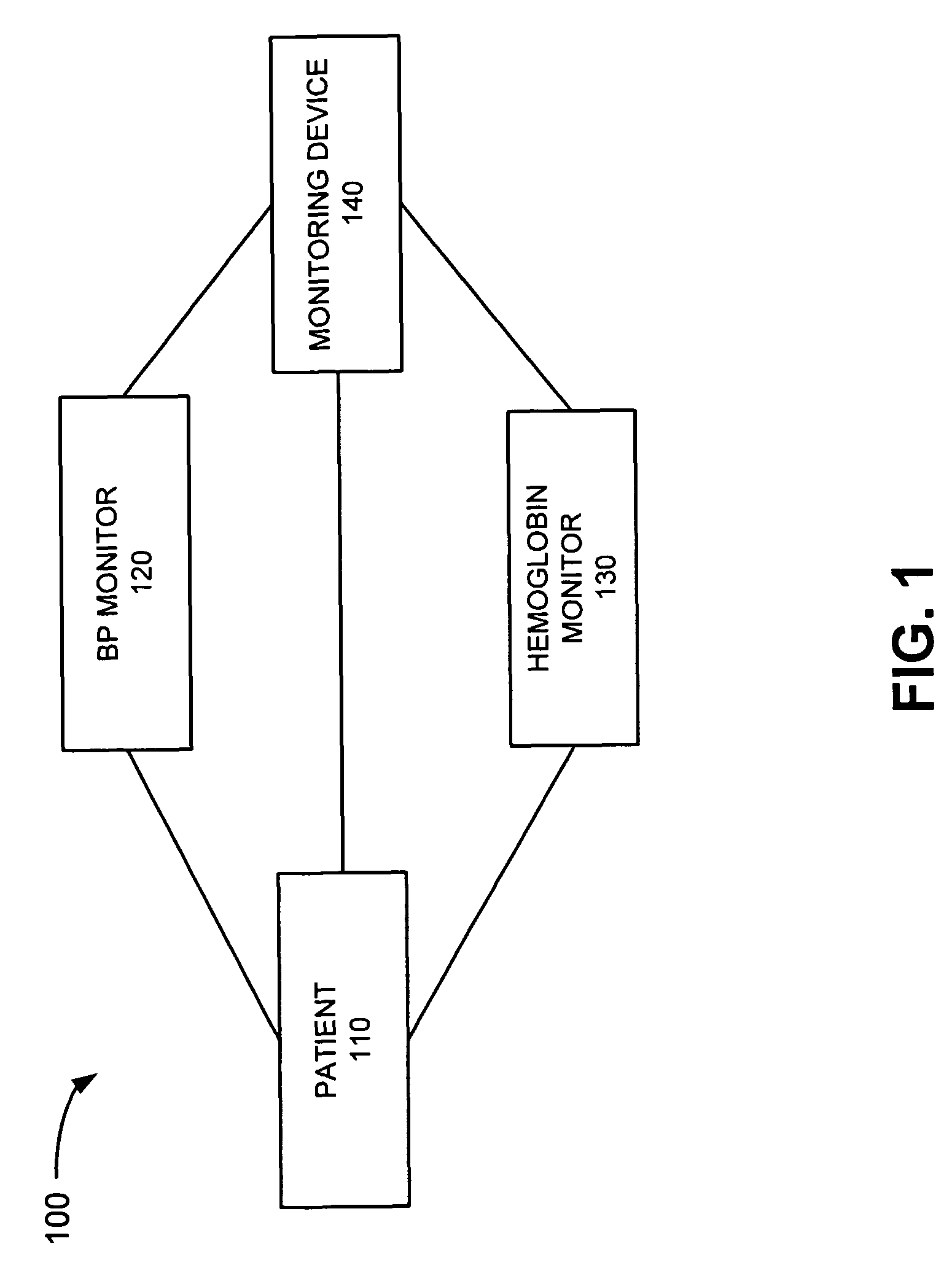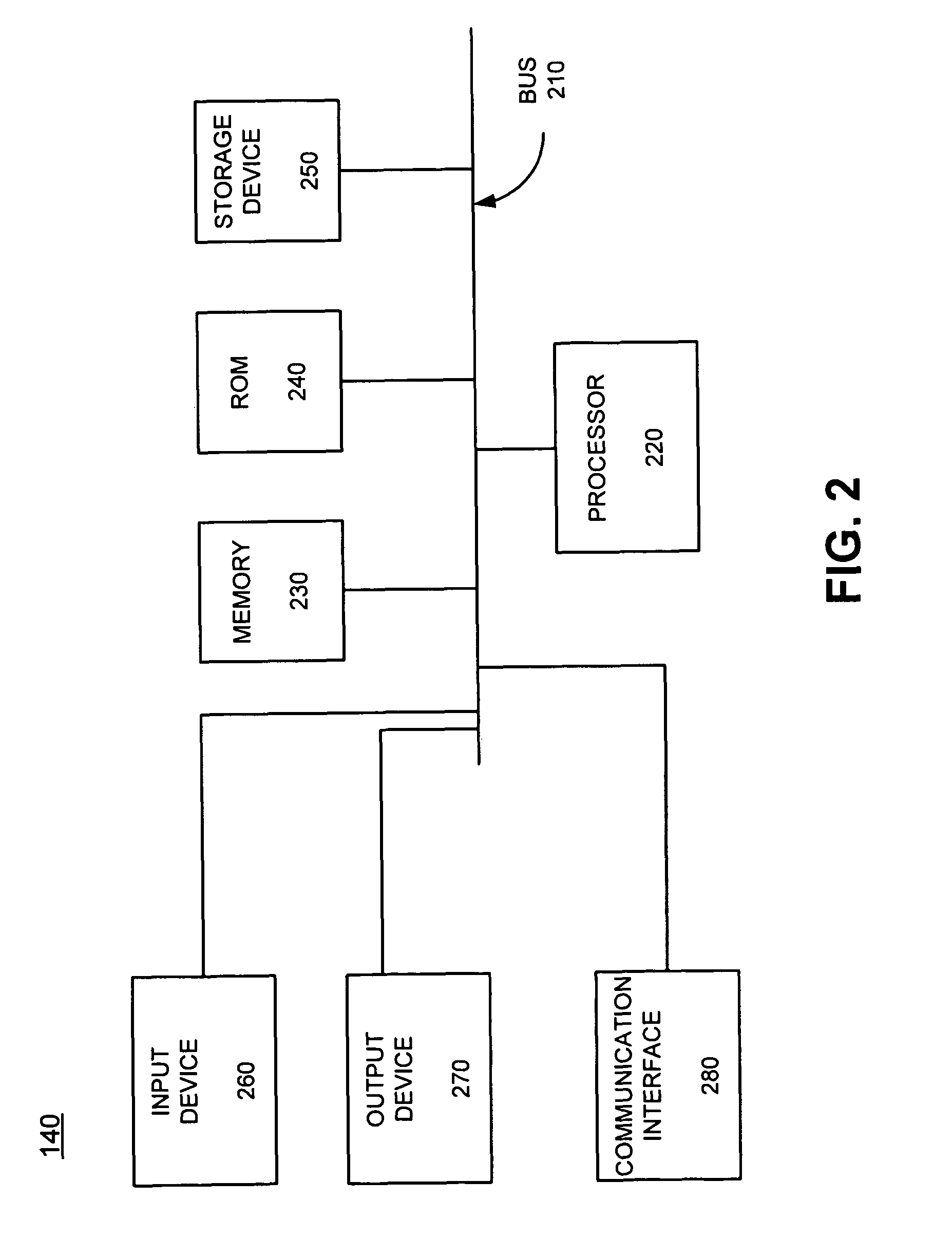Cerebral vascular reactivity monitoring
a technology of vascular reactivity and monitoring, applied in the field of cerebral vascular reactivity monitoring, can solve the problems of complex monitoring devices, cumbersome patient maintenance, and difficulty in maintaining the proper position of the patient,
- Summary
- Abstract
- Description
- Claims
- Application Information
AI Technical Summary
Problems solved by technology
Method used
Image
Examples
Embodiment Construction
[0008]The following detailed description refers to the accompanying drawings. The same reference numbers in different drawings may identify the same or similar elements. Also, the following detailed description does not limit the invention. Instead, the scope of the invention is defined by the appended claims and their equivalents.
[0009]Implementations described herein provide for measuring hemoglobin, such as a relative total hemoglobin (rTHb) concentration, in an organ, such as the brain. When the hemoglobin (e.g., rTHb) in tissue, such as brain tissue, is measured in the manner described below, the hemoglobin concentration may be a function of blood volume in the tissue, as expanding or contracting blood volume increases or decreases the total hemoglobin density in the tissue. The rTHb may, therefore, act as a surrogate for cerebral blood volume and may be used to assess vascular reactivity of the organ. Implementations described herein may also continuously monitor the rTHb and ...
PUM
 Login to View More
Login to View More Abstract
Description
Claims
Application Information
 Login to View More
Login to View More - R&D
- Intellectual Property
- Life Sciences
- Materials
- Tech Scout
- Unparalleled Data Quality
- Higher Quality Content
- 60% Fewer Hallucinations
Browse by: Latest US Patents, China's latest patents, Technical Efficacy Thesaurus, Application Domain, Technology Topic, Popular Technical Reports.
© 2025 PatSnap. All rights reserved.Legal|Privacy policy|Modern Slavery Act Transparency Statement|Sitemap|About US| Contact US: help@patsnap.com



